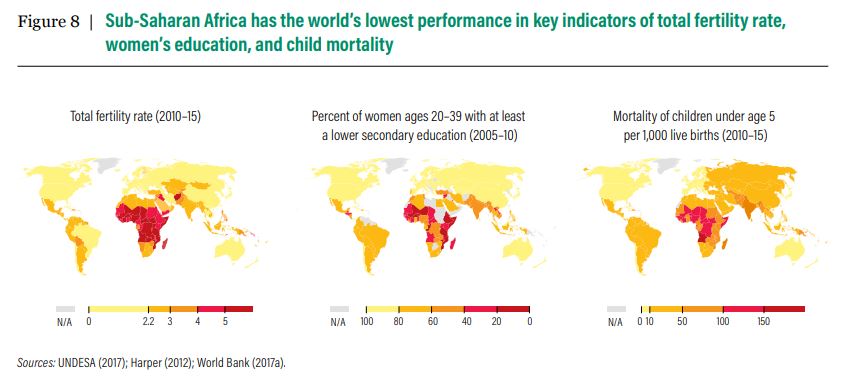
How to feed the world without destroying it
A new report investigates the enormous challenge of feeding our rapidly growing population without further damaging our environment and worsening climate change.
[UPDATE: Since this story was written, another major report on diet and sustainability has been released, in January 2019. The EAT-Lancet Commission’s report called for major changes in global food production and consumption but concluded that even with these, feeding a population of more than 10bn people sustainably is unlikely to be achievable. Read more here.]
The UN predicts there will be 9.8 billion humans on Earth by 2050 – over 2 billion (29%) more than currently. This rapid population growth in combination with increasing affluence means global food demand is expected to increase by more than 50 percent, while demand for animal-based foods such as meat and dairy will grow by 70 percent.

The report, Creating a Sustainable Food Future, published this week by the World Resources Institute (WRI) lays out a whole smorgasbord of solutions to tackle the paradox of increasing food production while decreasing farming emissions and avoiding converting additional land to agriculture.
Ramping up business-as-usual agriculture to meet demand is out of the question. The report states:
“If today’s levels of production efficiency were to remain constant through 2050, then feeding the planet would entail clearing most of the world’s remaining forests, wiping out thousands more species, and releasing enough GHG emissions to exceed the 1.5°C and 2°C warming targets enshrined in the Paris Agreement—even if emissions from all other human activities were entirely eliminated.”
Proposed solutions include drastically decreasing meat consumption in rich countries, reducing food waste, reforestation, and intensifying food production via technological innovations enabled by redirecting funding from subsidies to research and development. Refreshingly, the authors also highlight the need to curb population growth by increasing educational opportunities for girls, boosting family planning services and reducing infant and child mortality.
The report promotes achieving replacement-level fertility rates (no more than two children per woman) globally, which is particularly challenging in Sub-Saharan Africa, the region with the highest population growth and proportion of chronically hungry people.

It states that if sub-Saharan Africa manages to reduce its current fertility rate of more than five children per woman to the replacement level by 2050, its population would grow to 1.8 billion instead of the expected 2.2 billion. This would mean the growth in regional crop demand would fall by nearly one third relative to the baseline projection and farmers would need to clear 163 million fewer hectares of forests and savannas for agriculture than expected, reducing the gap between the projected level of greenhouse gases and what is needed to meet the Paris Agreement target of keeping global warming within 2° C.
Similarly to the IPCC’s latest climate report, WRI’s report stresses that none of their proposed solutions will be effective in isolation and that all of them must be implemented quickly and efficiently in order to prevent hunger while safeguarding the environment.
It is obvious that the faster we reduce unsustainable population growth, the better our chances of feeding the whole world sustainably.
As Population Matters’ patron Sir David Attenborough said:
“All our environmental problems become easier to solve with fewer people, and harder — and ultimately impossible — to solve with ever more people.”

